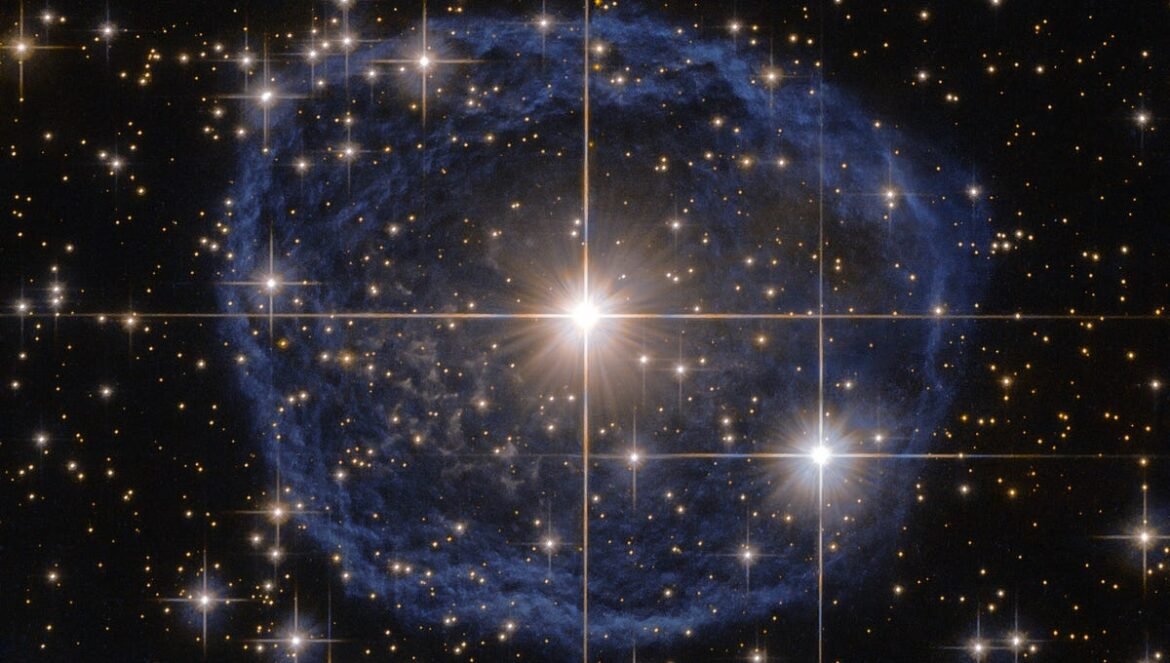All stars shine due to an internal source of energy. Usually, it’s nuclear fusion: converting mass into energy. What makes them most bright?
Deep inside every star in the Universe, an incredible process occurs: the nuclear fusion of light elements and isotopes into heavier ones. Because heavier elements (at least, up to iron) have slightly lower rest masses than the sum of the light elements masses that fuse into them, the act of nuclear fusion in stars releases energy via Einstein’s most famous equation: E = mc². That energy powers the stars and causes them to shine, and as stars run out of a particular type of fuel in their cores, they evolve into the next stage of their lives until they run out of fuel entirely.
At least, that’s the conventional story you’ve likely heard. But it turns out that the tale I just related, although simplified, contains a number of common misconceptions that are present even among professional astronomers. I got the motivation to look a little deeper and clear some of these up after being prompted by a question from our reader Greg Hallock, who wrote to ask:
“I would like to know:
-how much mass typical stars convert to energy (relative to their total mass),
-[at] what points…

